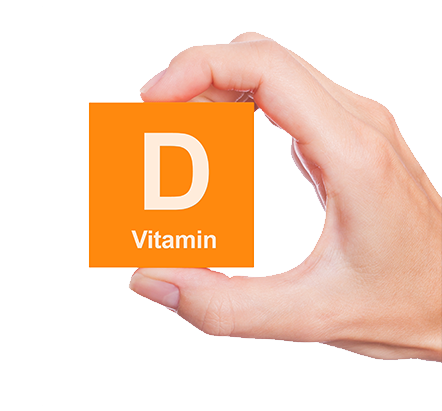
This image has format transparent PNG with resolution 442x411.
You can download this image in best resolution from this page and use it for design and web design.
Vitamins PNG with transparent background you can download for free, just click on download button.
A vitamin is an organic molecule (or related set of molecules) that is an essential micronutrient that an organism needs in small quantities for the proper functioning of its metabolism. Essential nutrients cannot be synthesized in the organism, either at all or not in sufficient quantities, and therefore must be obtained through the diet. Vitamin C can be synthesized by some species but not by others; it is not a vitamin in the first instance but is in the second. The term vitamin does not include the three other groups of essential nutrients: minerals, essential fatty acids, and essential amino acids. Most vitamins are not single molecules, but groups of related molecules called vitamers. For example, vitamin E consists of four tocopherols and four tocotrienols. The thirteen vitamins required by human metabolism are: vitamin A (retinols and carotenoids), vitamin B1 (thiamine), vitamin B2 (riboflavin), vitamin B3 (niacin), vitamin B5 (pantothenic acid), vitamin B6 (pyridoxine), vitamin B7 (biotin), vitamin B9 (folic acid or folate), vitamin B12 (cobalamins), vitamin C (ascorbic acid), vitamin D (calciferols), vitamin E (tocopherols and tocotrienols), and vitamin K (quinones).
Vitamins have diverse biochemical functions. Some forms of vitamin A function as regulators of cell and tissue growth and differentiation. The B complex vitamins function as enzyme cofactors (coenzymes) or the precursors for them. Vitamin D has a hormone-like function as a regulator of mineral metabolism for bones and other organs. Vitamins C and E function as antioxidants. Both deficient and excess intake of a vitamin can potentially cause clinically significant illness, although excess intake of water-soluble vitamins is less likely to do so.
Before 1935, the only source of vitamins was from food. If intake of vitamins was lacking, the result was vitamin deficiency and consequent deficiency diseases. Then, commercially produced tablets of yeast-extract vitamin B complex and semi-synthetic vitamin C became available. This was followed in the 1950s by the mass production and marketing of vitamin supplements, including multivitamins, to prevent vitamin deficiencies in the general population. Governments mandated addition of vitamins to staple foods such as flour or milk, referred to as food fortification, to prevent deficiencies. Recommendations for folic acid supplementation during pregnancy reduced risk of infant neural tube defects. Although reducing incidence of vitamin deficiencies clearly has benefits, supplementation is thought to be of little value for healthy people who are consuming a vitamin-adequate diet.
The term vitamin is derived from the word vitamine, coined in 1912 by Polish biochemist Casimir Funk, who isolated a complex of micronutrients essential to life, all of which he presumed to be amines. When this presumption was later determined not to be true, the "e" was dropped from the name. All vitamins were discovered (identified) between 1913 and 1948.
In this page you can download free PNG images: Vitamins PNG images free download